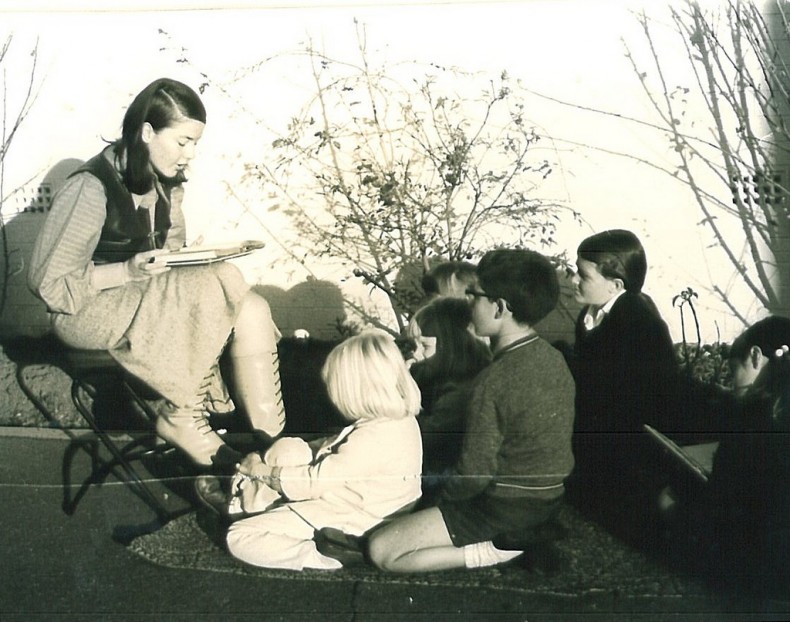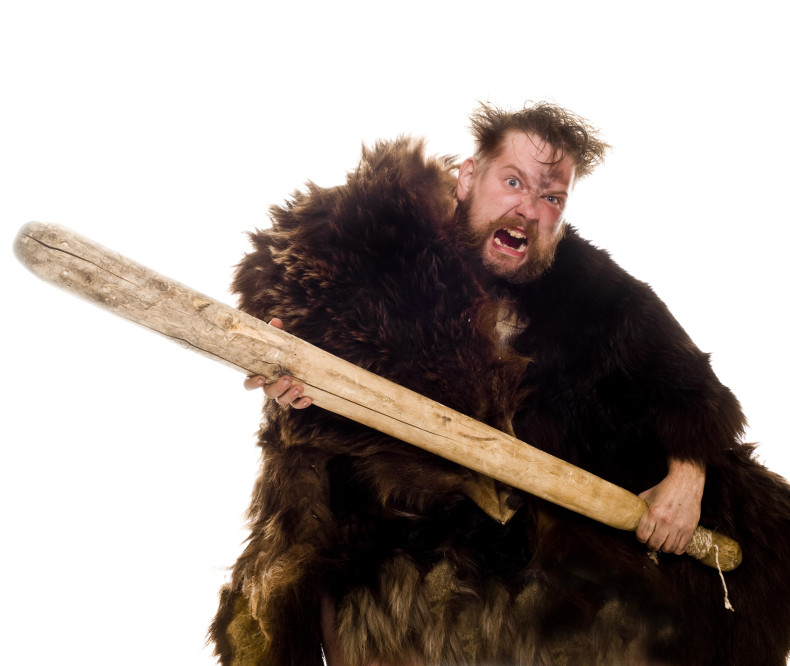
My desk is a mess, skulls, books and papers strewn. The cast of a saber-tooth cat skull sits on the corner, resting on its two double-edged daggers, reminding me of the book I am writing about the first people in North America, and what they encountered. As I crab myself over the keyboard, the Smilodon skull is there to remind me to keep it real.
When writing about what humans would have faced in the New World, my desk is not enough. I’ve had to leave it and find something more real. One summer I traveled to the Bering land bridge, or at least what remains of it. Every evening that July, I walked out of the village of Savoonga along the hard breaking north shore of St. Lawrence Island in the Bering Strait between Russia and Alaska to get a look at my subject.
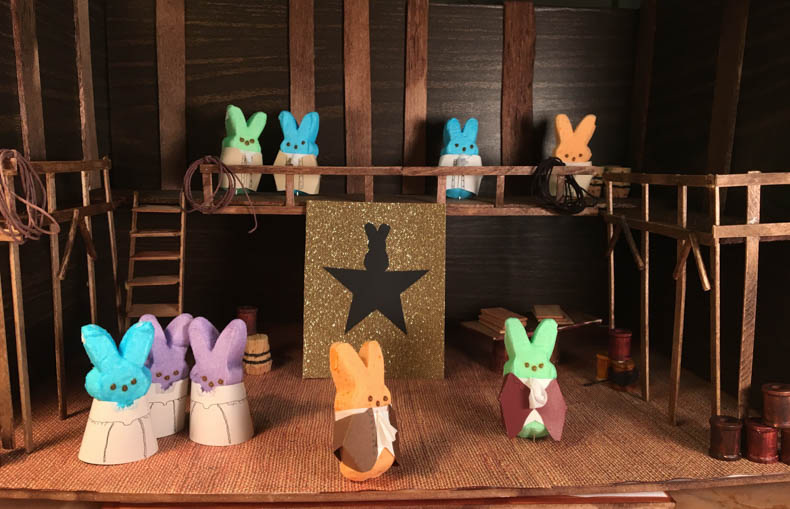
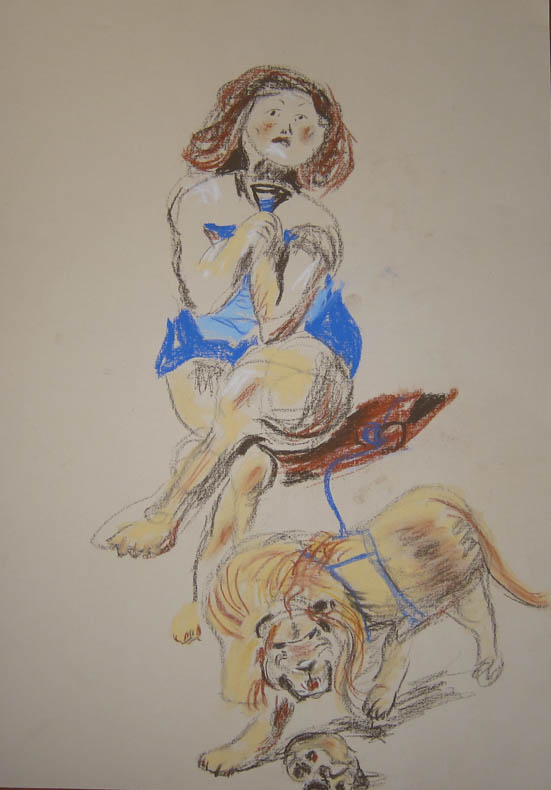
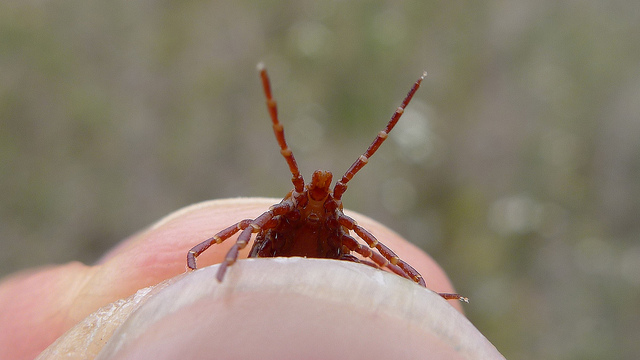 There’s a certain category of mundane but distinctly unpleasant discovery: The blueberries you just mixed in your oatmeal explode mold into your mouth at 6 a.m. You read that
There’s a certain category of mundane but distinctly unpleasant discovery: The blueberries you just mixed in your oatmeal explode mold into your mouth at 6 a.m. You read that 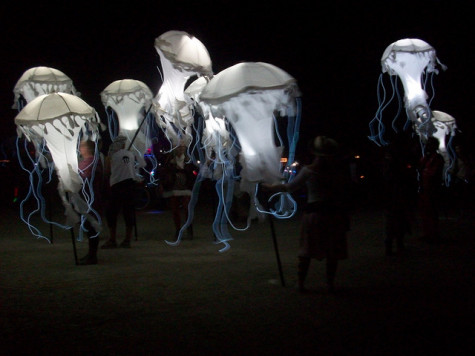 My kids are really into this cartoon called The Octonauts. It’s about a group of undersea rescuers and researchers (there’s a penguin medic, a sea otter marine biologist, a polar bear captain, among others, plus a group of squeaky-voiced creatures called vegimals.) In one of their (and my)
My kids are really into this cartoon called The Octonauts. It’s about a group of undersea rescuers and researchers (there’s a penguin medic, a sea otter marine biologist, a polar bear captain, among others, plus a group of squeaky-voiced creatures called vegimals.) In one of their (and my) 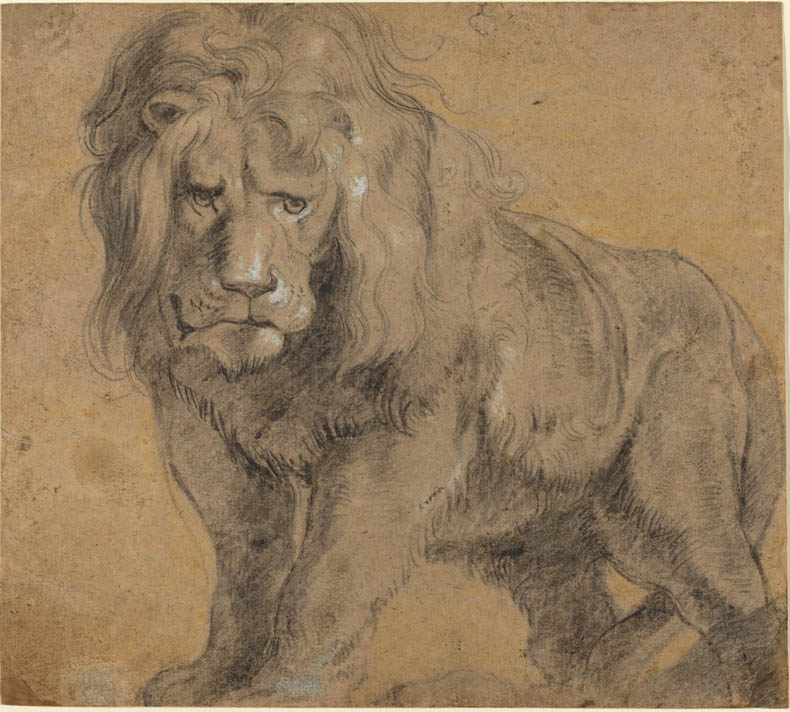
 Being human is hard. Sometimes we treat each other poorly, putting our own feelings or wellbeing first. Mathematical-game models explain the logic behind selfish acts, suggesting that they often make the best sense. (Remember
Being human is hard. Sometimes we treat each other poorly, putting our own feelings or wellbeing first. Mathematical-game models explain the logic behind selfish acts, suggesting that they often make the best sense. (Remember